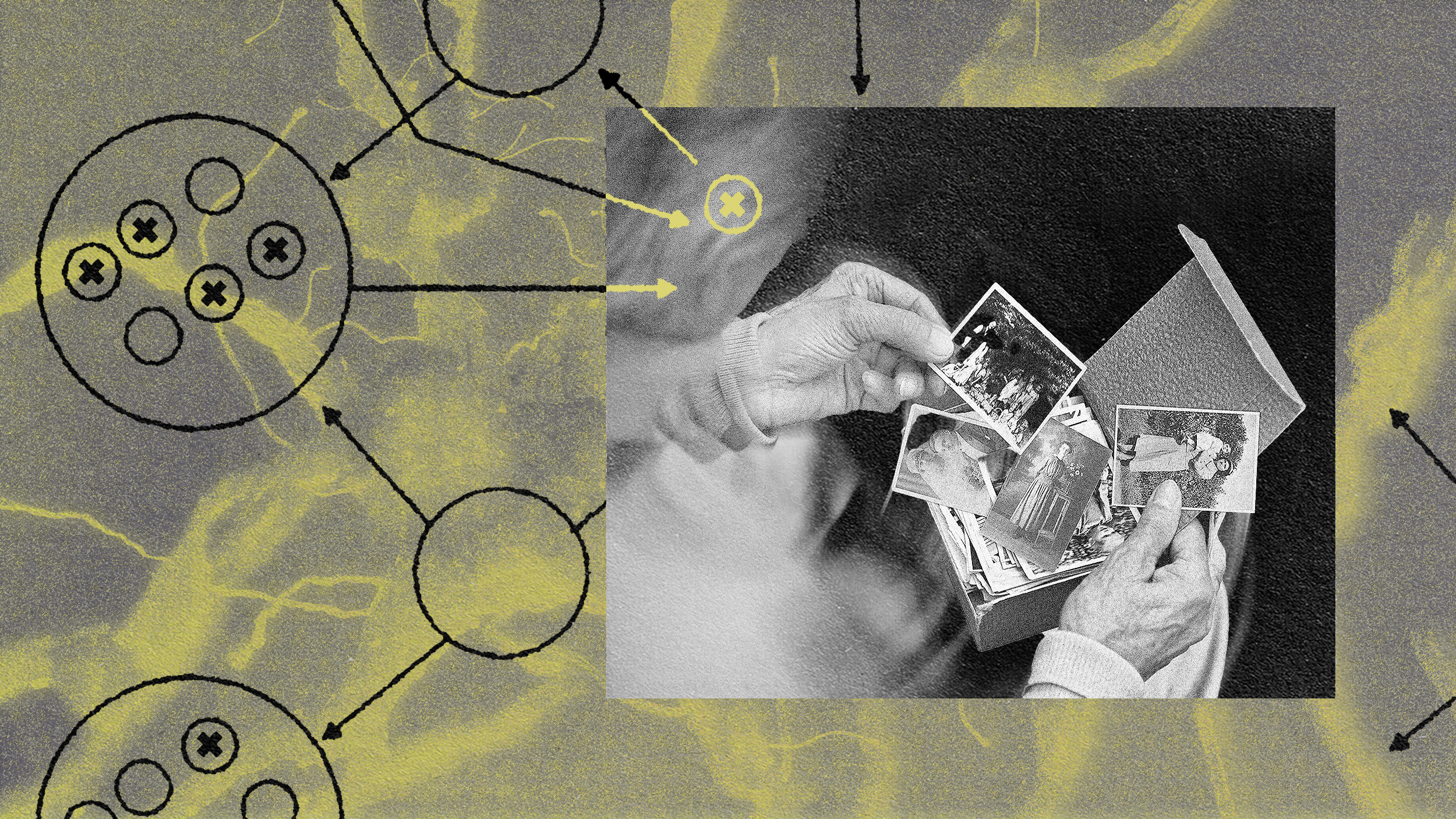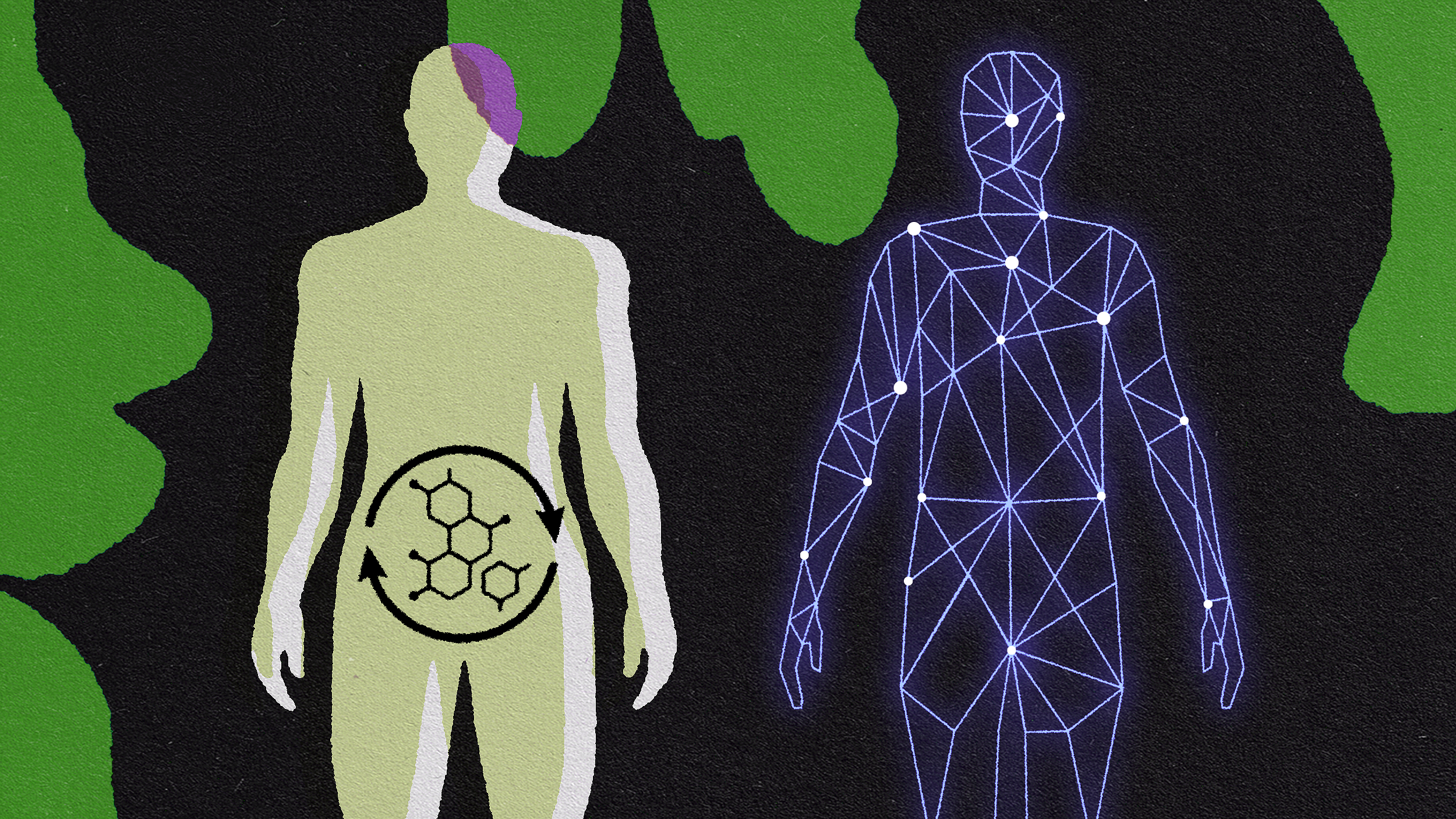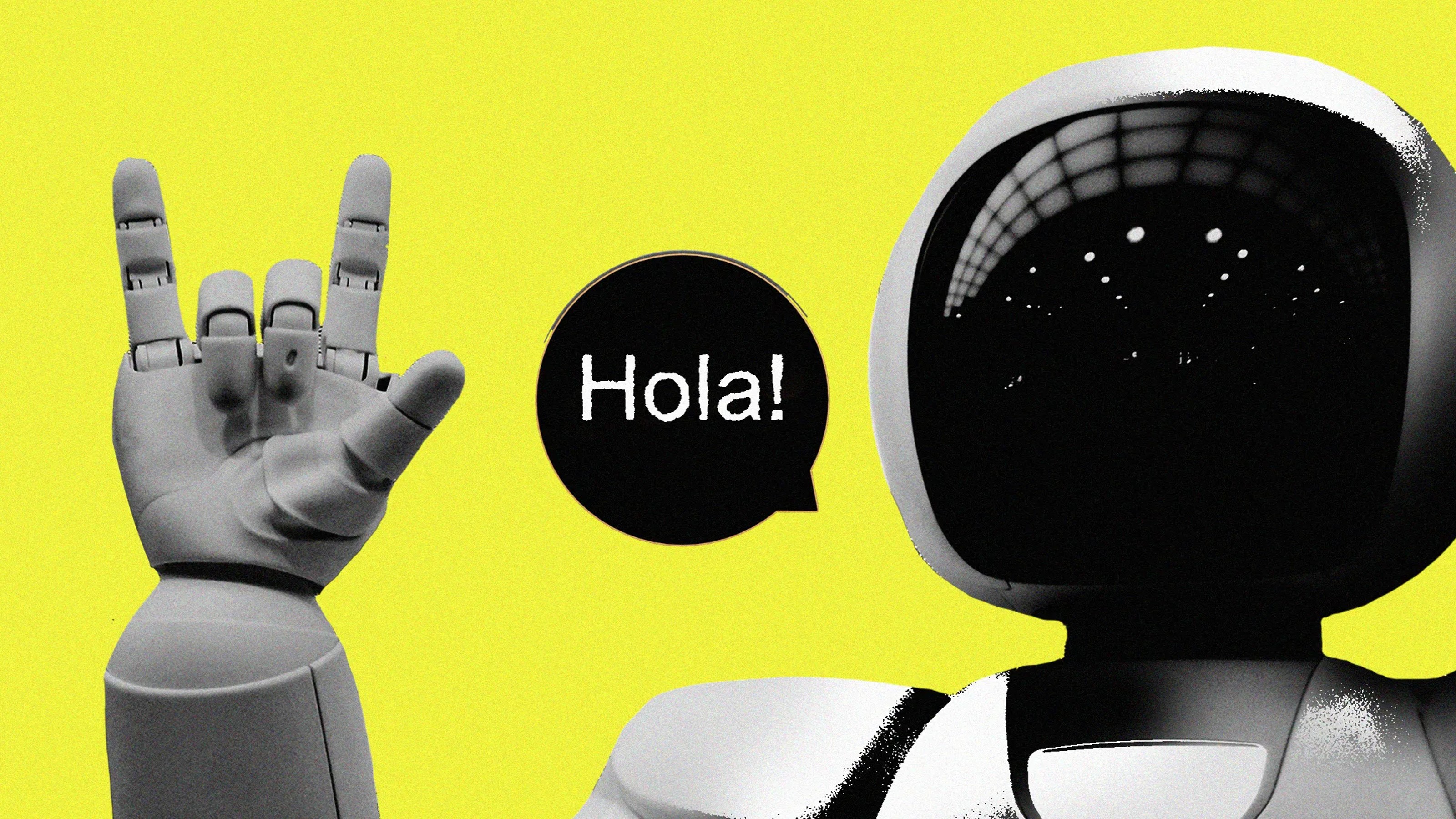The 3D-printed bionic arm that is disrupting the prosthetics industry

Unlimited Tomorrow
- There are more than 57 million people living with amputations worldwide, yet only a small fraction of them have access to prosthetic care and technology.
- Unlimited Tomorrow uses 3D printing to lower the cost of prosthetics. Customers only need to scan their residual limb at home and send the images to receive a prosthetic via mail.
- 3D printing is poised to continue lowering the cost of prosthetics, while other prosthetic advances could soon enable mind-controlled bionic limbs.
Inventing new types of bionic arms as a roboticist seemed like an unrealistic career path to 14-year-old Easton LaChappelle. But that changed during a 2013 science fair. He was there to exhibit a robotic hand he had developed when a 7-year-old girl wearing a prosthetic limb took a deep interest in his invention. She was wearing an $80,000 prosthetic arm that utilized technology less sophisticated than the globe-controlled robotic hand he had created in his bedroom.
“This little girl would soon outgrow this,” LaChappelle told Freethink. “It was heavy, bulky. It didn’t really look human-like. It was extremely expensive, and I just expected better from the world of technology.”
There had to be cheaper, high-quality alternatives out there, he thought. There weren’t. This gap in the prosthetics market led LaChappelle to found Unlimited Tomorrow, a company that is making bionic arms for a fraction of the price of conventional prosthetics, which can cost between $20,000 and $80,000.
The technology could improve lives for amputees. A 2020 study estimated that more than 57 million people worldwide are living with an amputation from traumatic causes alone. Millions more suffer amputations resulting from diseases. By 2050, researchers estimate that the amputee population could double, due mainly to rising rates of vascular diseases.
Today, only about five percent of amputees worldwide have access to prosthetic care and technology. But more effective and affordable prosthetics could change that.
Prosthetics: Passive to bionic
Prosthetic limbs come in several broad categories. Passive prosthetics are worn almost entirely for aesthetics, offering no limb rotation or gripping functions. Body-powered prosthetics use cables and harnesses to move the limb and hand; although cheap and battery-less, they are often clunky and do not deliver many useful functions.
Myoelectric limbs are more advanced. Powered by electricity from the residual limb’s muscle movements, these devices use motorized components to mimic many functions of the arm and hand. They fall under the category of bionics, defined by Merriam-Webster as “having normal biological capability or performance enhanced by or as if by electronic or electromechanical devices.”
It may sound futuristic, but the technology is not quite new.
“There’s been no real structural change in the market for the last 50 years,” LaChappelle told Freethink. “There’s been some technology improvements, but not a systematic change, which I think is really what’s needed to be able to make a significant impact.”
Making functional prosthetics affordable
TrueLimb — Unlimited Tomorrow’s main product — is a bionic arm that could soon disrupt the market. The battery-powered prosthetic is designed to be a 3D-printed mirror image of the amputee’s opposite arm. It is equipped with an array of sensors that attach to the residual limb, where they interpret subtle topographic movements. These movements trigger TrueLimb to perform various grips, allowing the user to more easily perform tasks that might be difficult with other types of prosthetics: unscrew a water bottle, roll up sleeves, or take a drink from a cup.
TrueLimb is considered a multi-articulating bionic prosthetic because it can perform multiple grips and features moveable thumbs. The prosthetic also provides the wearer haptic feedback, delivered through small vibrations to the residual arm whenever the hand makes contact with an object.
But what is perhaps most disruptive about TrueLimb is its customizability and price point. It costs $8,000, which is far cheaper than the latest myoelectric prosthetics that can run upward of $80,000. The company is able to cut costs by simplifying the buying and fitting processes.
When a customer buys a TrueLimb, the company sends them a tablet-compatible 3D-scanner to take images of their residual limb. Unlimited Tomorrow then uses those scans to 3D-print a unique prosthetic shell and install the interior sockets and motorized components. Each shell is customized to the wearer.
“[TrueLimb] unlocks a new level of personalization never thought before,” LaChappelle told Freethink. “We match skin tone exactly. Each device is made unique to the person down to the size, shape, and feel.”
The company also offers a discount for children who outgrow their prosthetics, which can pose financial problems for families, especially when insurers decline to cover all or part of the costs. When a kid outgrows a TrueLimb, the family can send it back to the company for a refitted limb that costs $4,000. That low cost comes from the ease of 3D printing: Unlimited Tomorrow does not need to create a whole new device for the child but simply print a new shell and reinstall the interior components.
“We believe that this is setting a foundation for global change within this industry,” LaChappelle told Freethink.
The future of prosthetics
Unlimited Tomorrow is one of many organizations utilizing 3D-printing to improve the quality of and access to prosthetics. Soon, it may even be possible to create prosthetics at home. In March, a team of researchers published a paper outlining a fully automated method for fitting and manufacturing prosthetics that requires only “a 3D printer, a RealSense camera, a few basic mechanical components, and basic tools for the model assembly.”
Beyond affordable 3D-printed prosthetics, what is the next evolution of the technology? While devices like TrueLimb represent an important step forward for access to prosthetics, the technological holy grail has long been mind-controlled bionic limbs that enable people to both grip and “feel” the objects they touch.
This technology may be on the horizon. In 2020, researchers reported on a breakthrough in so-called neuromusculoskeletal arm prostheses, describing how they created a prosthetic arm that anchors directly to the bone of an amputee. The device features neural and muscular electrodes connected both to the prosthetic and the amputee’s upper arm. Nerve signals from the upper arm control the movement of the prosthetic hand, while force sensors within the hand travel back to the nerve signals, providing a sense of “touch.”
“All patients reported having greater trust in their prosthesis since the intervention, referred to it as being part of themselves, and reported positive effects on their self-esteem, self-image, and social relations,” the researchers wrote.
Of course, these types of devices will require medical oversight and be far more expensive than solutions like TrueLimb. But no matter the solution, improving the prosthetics industry could make big differences in the lives of millions of amputees — differences that might not be obvious to most people.
“We see these videos and pictures and these incredible emails from people who are using these devices that might be able to hold a family member’s hand and walk their dog for the first time,” Chappelle told Freethink. “Little moments like that always stand out to me.”





